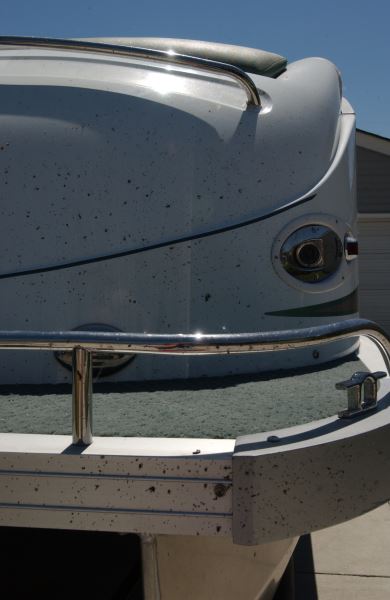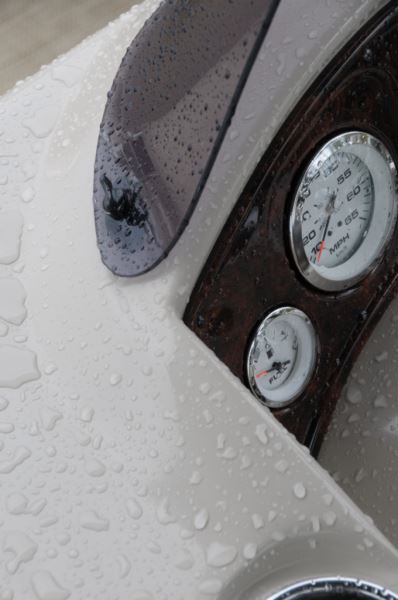
Winterization is key to a healthy and functional boat come spring. Our friends at Avalon give great advice for what to remember when winterizing your boat on your own. Here’s a quick checklist to make sure you don’t forget anything essential!
 1. Clean everything, inside and out.
1. Clean everything, inside and out.
Removing clingy things like dust or barnacles will be a lot easier now than after winter is over! Make sure the surfaces you clean are dry before you store your boat—flooring material can be a heyday for mildew if it’s damp. Another tip is to consider applying polish on the outside of your boat for an added guard against dirt or rust.
2. Remove any equipment that’s camping out aboard.
Everything from life jackets to wakeboards and fishing equipment should get the boot for the season, as they can hold a lot of mildew-spreading moisture. Electronic equipment would be safer kept elsewhere too, for protection against chilly temperatures, moisture, and thieving fingers.
3. Ready your engine.
Again, these are just general guidelines, so it’s really important to check out your engine owner’s manual for more specific instructions. But generally it’s helpful to spray fogging oil down the spark plug holes and into the carburetor since the engine will be undisturbed for a few months.
Also make sure to have the gas tank at least three-quarters full, since empty space leaves room for condensation as the temperature changes.
While you’re at it, you might as well change the oil and replace the oil filters.
4. Invite antifreeze to the party.
If you have a boat equipped with an inboard-outboard, replace the coolant with non-toxic propylene-glycol-based antifreeze. The ethylene-glycol-based antifreeze products can affect the water with toxins, and most manufacturers are in accord that propylene antifreeze is also better for your engine.
 5. Cover up.
5. Cover up.
Covering your boat will give it extra protection against the elements, but make sure to secure the cover well so rain or snow won’t cause troublesome depressions. If you use a tarp or cover, take extra care to make sure it fits well, especially if your boat will be stored outside. You can also shrink wrap your boat, which offers even more secure protection against moisture and won’t be pushed around by the wind.
6. Bid adieu to the battery.
If you’re storing your pontoon dry, disconnect the battery and keep it somewhere cool. Just remember to fully charge it before you do, and keep up its charge through the season. If you’re storing your pontoon in the water, it’s a good idea to keep the batter charged and onboard so the bilge pump can keep working if needed.

